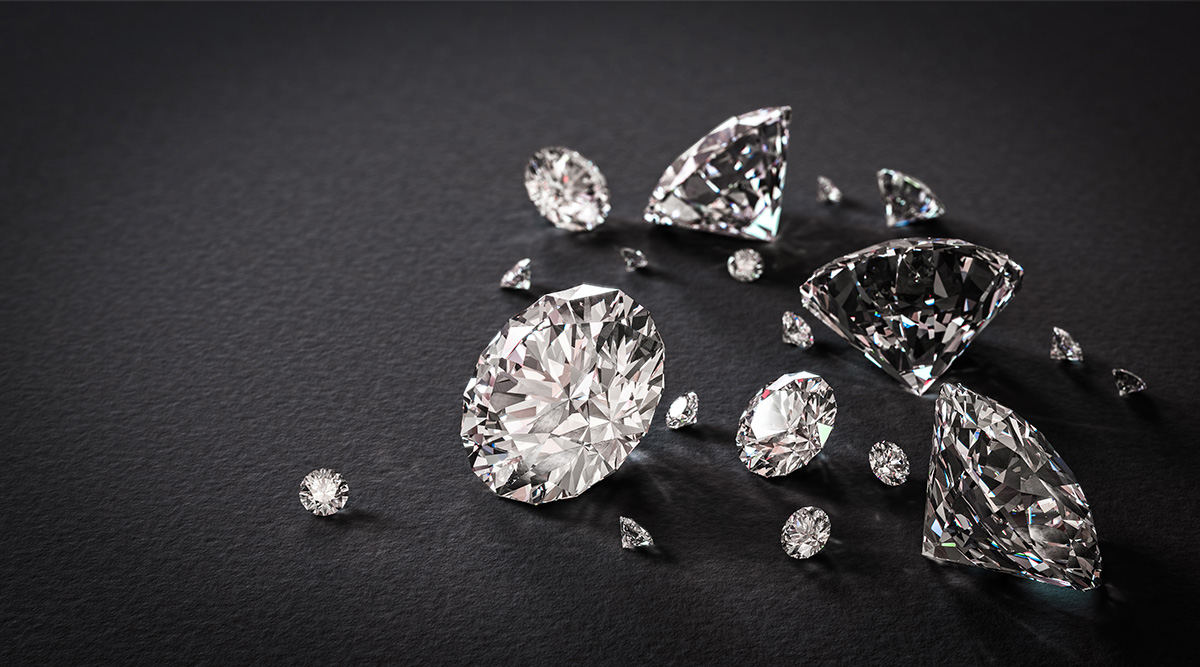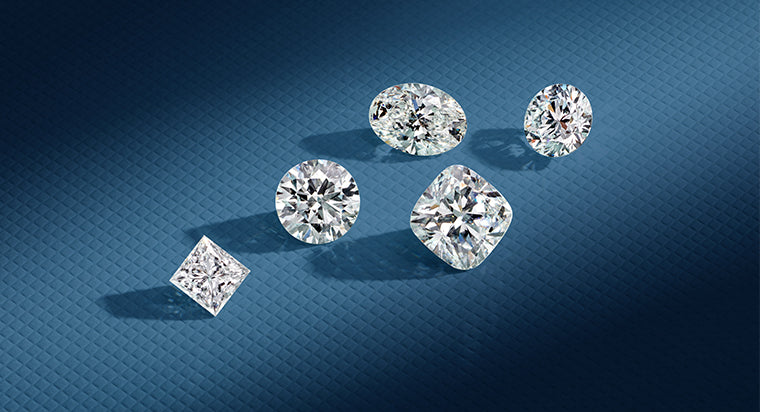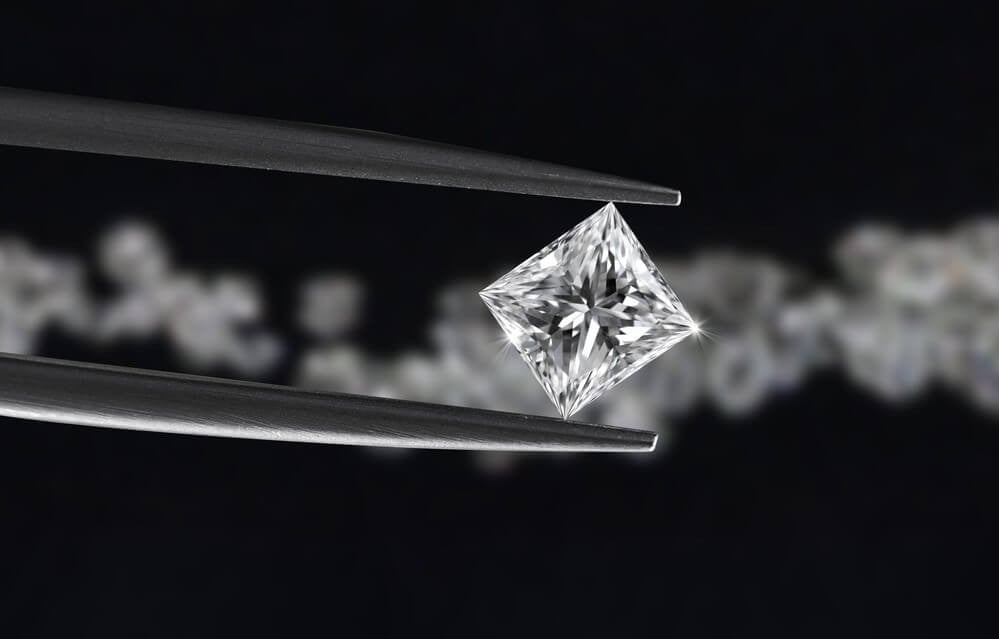What is Moissanite?
Moissanite is a gemstone made of silicon carbide. It was first discovered by the French scientist Henri Moissan in 1893, who initially tracked down it in a meteorite. Today, moissanite vs diamond is created in laboratories, making it a popular choice for those seeking an ethical and affordable alternative to traditional diamonds.
What is a Diamond?
Diamonds are naturally occurring gemstones made out of carbon atoms arranged in a crystal lattice. Formed under intense strain and heat profound within the Earth, diamonds have been valued for their brilliance and durability for centuries. They are in many cases utilized in various kinds of gems, including engagement rings, because of their timeless appeal and status.
Appearance: Moissanite vs. Diamond
Brilliance and Fire
One of the most noticeable differences among moissanite and diamonds is their brilliance and fire. Moissanite has a higher refractive index (2.65-2.69) compared to diamonds (2.42), meaning it can exhibit more sparkle and fire. The dispersion of light in moissanite can bring about a rainbow-like impact, which certain individuals find more vibrant than the classic sparkle of a diamond.
Color
Diamonds arrive in a range of colors, from totally colorless to shades of yellow or brown. The Gemological Institute of America (GIA) grades diamonds on a scale from D (colorless) to Z (light yellow). Moissanite, on the other hand, will in general have a slight color, however high-quality moissanite is designed to appear near-colorless. For a great many people, the color difference among moissanite and diamonds is unobtrusive and may not be noticeable without close inspection.
Clarity
Both moissanite and man made diamonds can have inclusions or imperfections, however their visibility can vary. Diamonds are graded on clarity from Flawless to Included, with inclusions affecting their value and appearance. Moissanite typically has less inclusions and can be manufactured to high degrees of clarity, frequently making it appear cleaner than many diamonds.
Durability: Moissanite vs. Diamond
Hardness
Diamonds are the hardest known natural material, rated at 10 on the Mohs scale of hardness. This makes them incredibly resistant to scratching and ideal for daily wear. Moissanite is also quite hard, rated 9.25 on the Mohs scale, making it entirely durable and suitable for everyday use. While moissanite is not as hard as diamonds, it is still highly resistant to scratching and maintains its brilliance well.
Toughness
Toughness alludes to a gemstone’s ability to withstand impact without chipping or breaking. Diamonds are generally tough, yet they can be prone to chipping if struck at certain angles. Moissanite is known for its toughness and resistance to breaking, making it a reliable choice for those concerned about durability.
Cost: Moissanite vs. Diamond
Pricing
One of the main advantages of moissanite is its expense. Moissanite is generally substantially more affordable than diamonds of comparable size and quality. While diamond prices can vary widely based on factors like carat weight, color, clarity, and cut, moissanite offers a more budget-friendly alternative without compromising on appearance.
Value
Diamonds have historically held their value better than moissanite, largely because of their established market and status as an image of extravagance. Moissanite, being a more current and less rare material, doesn’t hold the same value as diamonds. However, for those prioritizing cost-effectiveness and ethical sourcing, moissanite presents an attractive option.
Ethical Considerations
Origin and Sourcing
Diamonds can be mined through processes that sometimes raise ethical concerns, including environmental impact and labor practices. Lab-created diamonds are an ethical alternative, yet they are still typically more expensive than moissanite. Moissanite, being entirely lab-created, avoids many of the ethical issues associated with traditional diamond mining, making it a popular choice for those looking for a more responsible option.
Environmental Impact
The environmental impact of diamond mining can be significant, whereas moissanite’s production is less asset intensive. Choosing moissanite can align with a commitment to reducing environmental impact and supporting sustainable practices.
Conclusion
In the debate of moissanite vs. diamond, each gemstone has its own assets and characteristics. Moissanite offers exceptional brilliance, durability, and affordability, making it a great choice for those seeking a practical and ethical alternative to diamonds. Diamonds, with their natural origins and timeless appeal, continue to be a classic image of extravagance and enduring value. Ultimately, the choice among moissanite and diamonds relies upon your personal inclinations, budget, and values.




